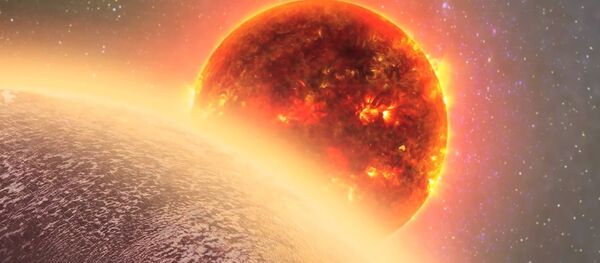Astronomers have confirmed the existence of a planet orbiting two stars in the system OGLE-2007-BLG-349, located some 8,000 light-years away toward the center of our galaxy, NASA announced Thursday.
"We were helped in the analysis by the almost perfect alignment of the foreground binary stars with the background star, which greatly magnified the light and allowed us to see the signal of the two stars," David Bennett of the NASA Goddard Space Flight Center in Greenbelt, Maryland, said in a statement.
The planet was originally identified in 2007, together with a star, but a third object was not identified at that time. "The ground-based observations suggested two possible scenarios for the three-body system: a Saturn-mass planet orbiting a close binary star pair or a Saturn-mass and an Earth-mass planet orbiting a single star," Bennett said.
Using sharp images from Hubble allowed astronomers to analyze the brightness of the objects and specify their nature. "So, the model with two stars and one planet is the only [explanation] consistent with the Hubble data," Bennett stated.



